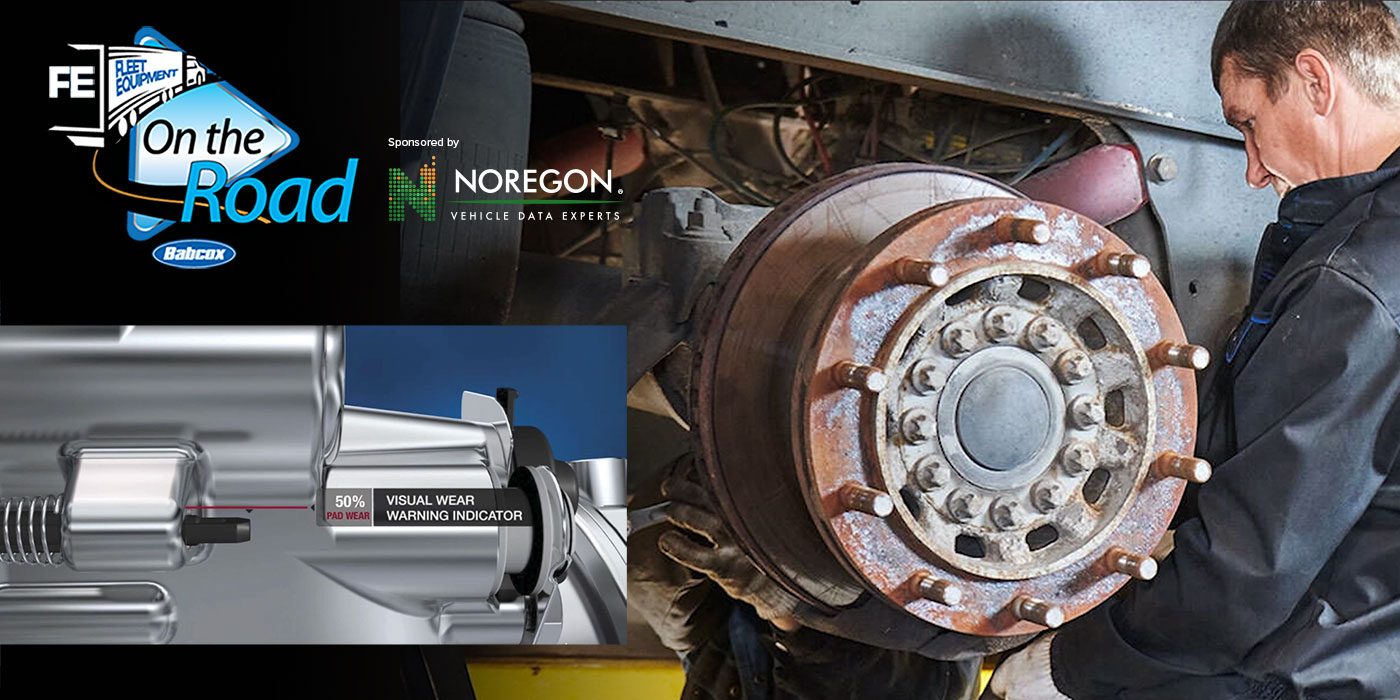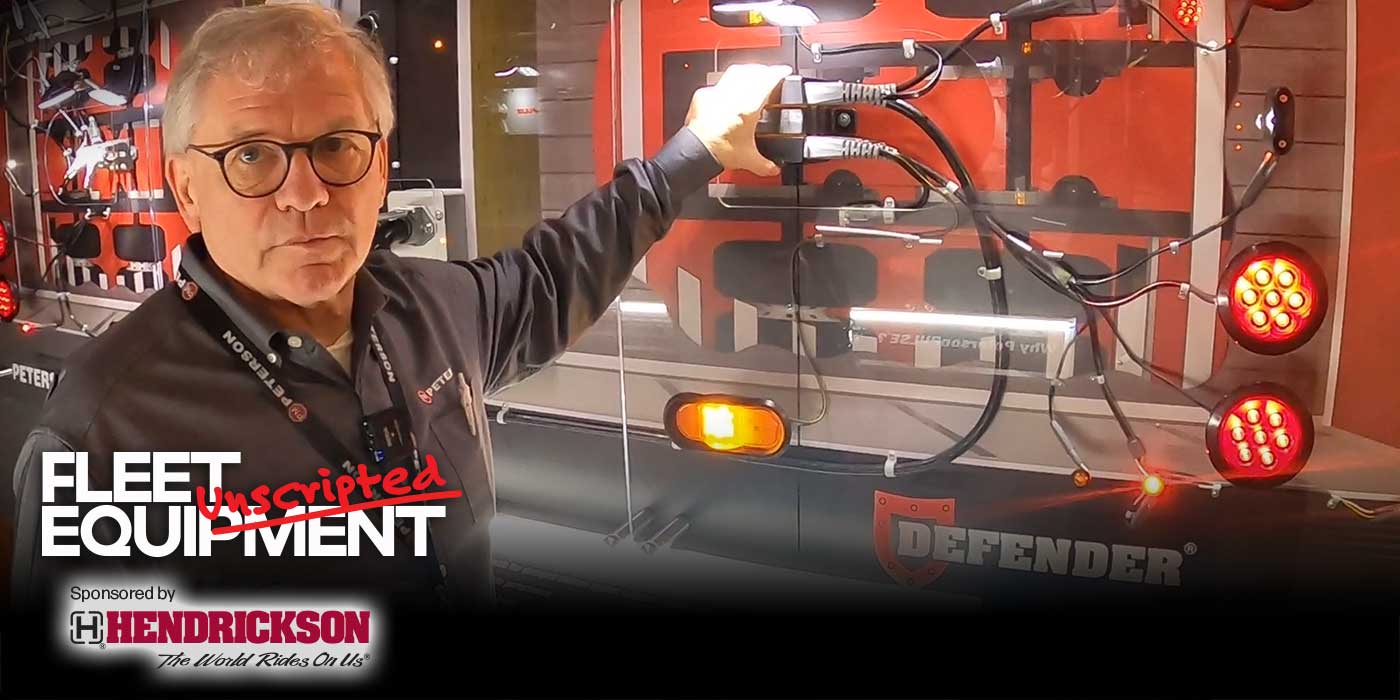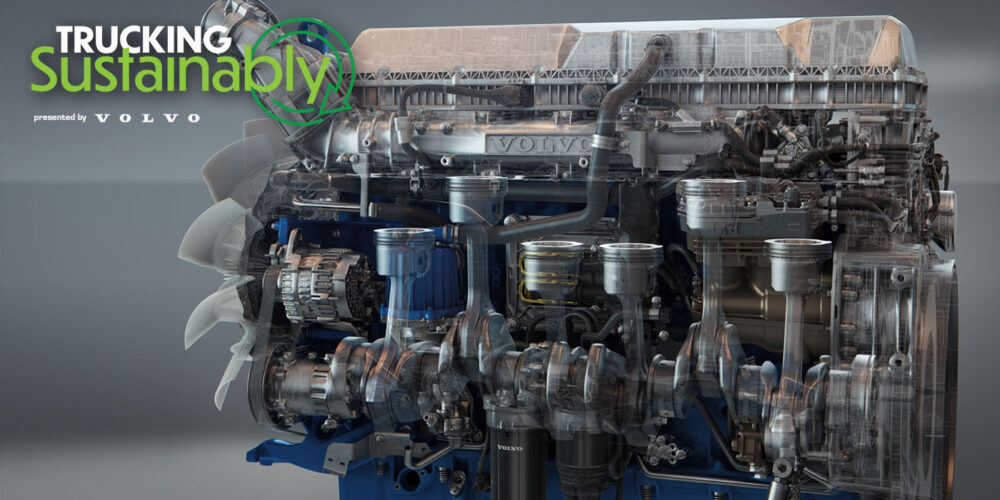As the field of advanced driver assistance systems (ADAS) continues to push towards autonomy, it’s all hands on deck for the components making it happen. Which one holds the most promise? Let’s delve deeper into the nuances of LiDAR, radar, and camera technology and explore how each one contributes to the success of fully autonomous operations.
LiDAR, which stands for light detection and ranging, is a remote sensing technology that uses laser beams and a pulse of light to measure the distance between the sensor and objects in the environment. This provides a detailed 3D map of the truck’s surroundings allowing it to better navigate the landscape. LiDAR sensors can detect and classify objects like other vehicles, people, and potential obstacles in real time. Typically, the component is mounted on the side of the truck near the roof fairing or sun visor area. However, the roughness of the road can be a concern for its durability.
Radar, which stands for radio detection and ranging, is a technology that utilizes radio waves to determine the range, angle and velocity of surrounding objects. Even in poor visibility conditions like fog, rain and dust, radar sensors can detect and track moving objects within their range. This is ideal for heavy-duty operations taking place in challenging environments. This is the primary technology used for familiar technology we have today like adaptive cruise and automatic brake assist
Radar sensors can also provide information on the vehicle’s own speed, allowing it to maintain a safe distance from other vehicles on the road.
The tried and true camera technology is the use of visual sensors to capture images or videos of the environment. In heavy-duty operations, cameras can be used for a variety of purposes, such as object detection, traffic sign recognition, lane departure warning and driver monitoring.
Cameras can also be used to detect and recognize traffic signs, such as stop signs and speed limit signs, and provide the driver with real-time information on speed limits and other traffic regulations.
So now you have your information, but how do they work together?
When these technologies come together, they can provide a more complete and accurate understanding of the environment, which can improve the performance and safety of heavy-duty operations. For example, Lidar can provide a detailed 3D map of the environment, which can be used to detect obstacles and other objects in the environment. At the same time, radar can detect and track moving objects, such as other vehicles, and cameras can provide detailed visual information on traffic signs and other objects in the environment.
By combining the different data sets from these different sensors, the vehicle can make more accurate decisions and navigate the environment more safely. Overall, the combination of LiDAR, radar and camera technology can provide a robust and reliable sensing capability for heavy-duty operations, making it an essential part of ADAS and autonomous vehicle systems. No one component is the standalone solution.
At the end of the day, I guess there is no competition. Each technology possesses its own unique strengths, but they all work together in harmony to provide the best possible outcome for fleet operations. Each equally relies on the other to accomplish optimal results. The unpredictability of today’s roads means it’s all hands on deck for autonomous technologies.
Fleet Equipment’s On The Road is sponsored by Rockland Flooring. Subscribe to our newsletter to catch every episode as we dive into the best practices and servicing information to keep your trucks On The Road.













